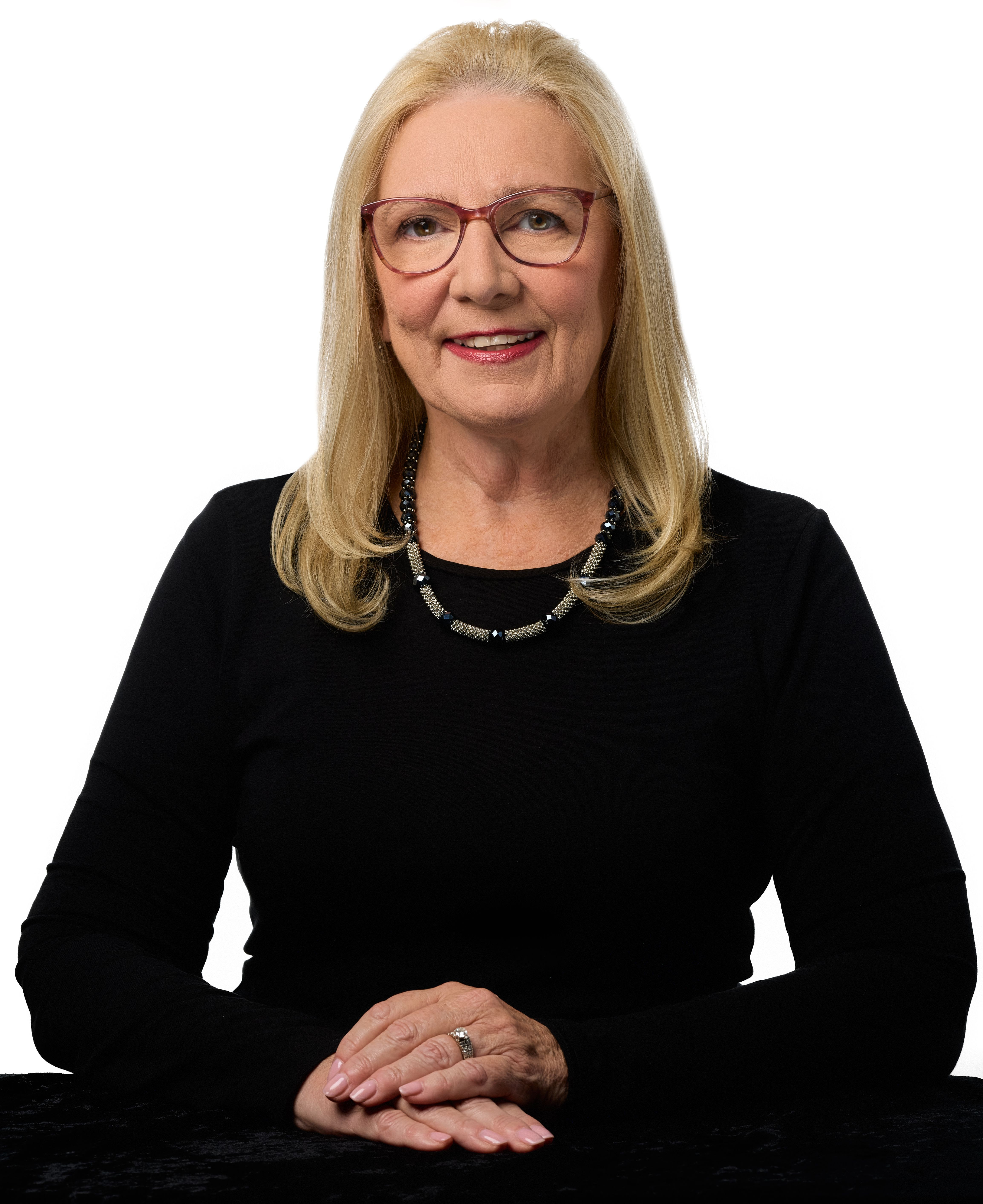 SECURE 2.0 Act
SECURE 2.0 Act
In 2025, a record number of workers will reach retirement age, according to Mercer’s Top considerations for defined contribution plan sponsors in 2025 report, prompting 401(k) plan sponsors to navigate the effects of SECURE 2.0 aimed at assisting these individuals in financing their retirement.
The population of those aged 65 and above hitting a historical high in the US this year and for the next few years, according to the Alliance for Lifetime Income’s Retirement Income Institute. Also, SECURE 2.0 continues to push plan sponsors to expand coverage, provide greater financial flexibility and include retirement income in their plans, even with signs of a SECURE 3.0 legislation likely taking shape in 2025.
Recommended For You
Many 401(k) plan sponsors are overwhelmed by these legislative changes and the responsibility to implement new options, which is why Mercer aimed to equip plan sponsors with the following three things to accomplish in 2025 to make the most of their limited resources.
Here is where plan sponsors should focus their efforts next year, according to Mercer.
No. 1: Retirement income solutions: Provide participants with the option to annuitize a portion of their assets
2024 brought a noteworthy step in the evolution of the retirement income landscape, with the launch of an off-the-shelf target date fund that provides participants with the option to annuitize a portion of their balance. “While retirement income discussions should not be limited to investment products with annuities, we believe we are at the precipice of plan sponsors offering more robust tools, resources and investment options to support participants’ decumulation,” according to the report.
In 2025, plan sponsors should evaluate the need for retirement income and begin to establish a philosophy and roadmap for how to address decumulation. An effective retirement income offering should include varying levels of support to provide a meaningful benefit to participants.
No. 2: Simplification v. customization: Be mindful that streamlining processes benefits participants
As plan sponsors head into 2025, they should review their plan from the perspective of both the participant and plan sponsor.
• Participant: Identify the various life events participants are undergoing and determine whether your plan is structured to maximize the participant experience.
• Plan sponsor: Identify which processing elements have required corrections in the past or involve manual processes, then determine whether these risks can be supported by additional value-added services.
No. 3: Outsourcing: Alleviate administrative burdens as new SECURE 2.0 compliance kicks in
“We have seen Pooled Employer Plans gain traction as sponsors continue to consider outsourcing the investment management and administration of DC plans ...,” according to the report. “The ability to offload daily oversight and management of plan investments and administration is an attractive pressure release.”
Related: SECURE 2.0 mandatory provisions for 2025: New tool prepares employers for compliance
As companies continue to meet new compliance requirements of SECURE 2.0, “we anticipate that outsourcing may be an attractive option to help offset the additional burden that implementing changes can pose for already resource-constrained staff,” according to the report.
That is why plan sponsors might consider “some degree of outsourcing” to “bring more consistency to oversight and plan operations, perhaps while providing cost or performance improvement to participants,” according to Mercer. Outsourcing is a viable option for "plan sponsors seeking to professionalize investment decision making, alleviate administrative burdens and enhance operational efficiency.”
© 2025 ALM Global, LLC, All Rights Reserved. Request academic re-use from www.copyright.com. All other uses, submit a request to [email protected]. For more information visit Asset & Logo Licensing.








